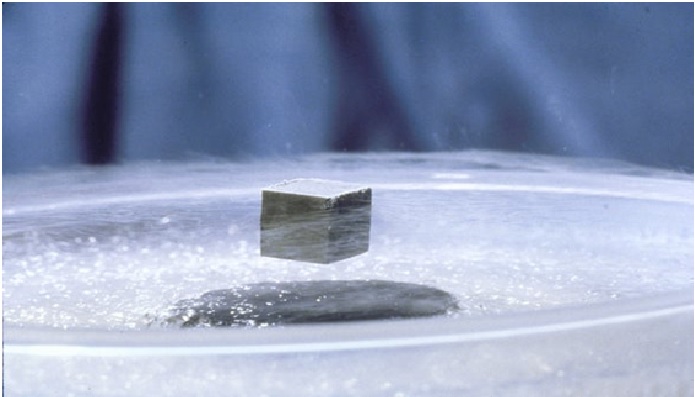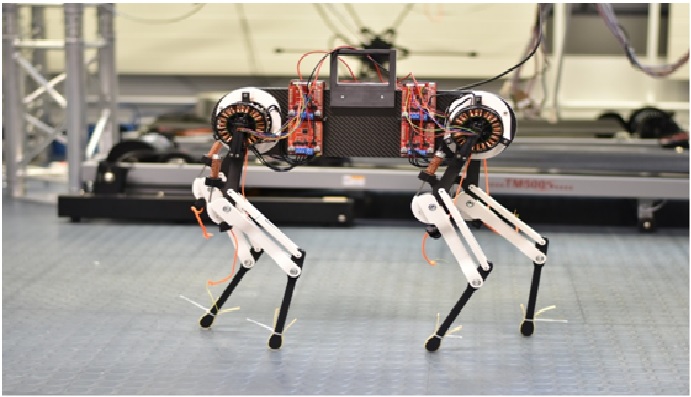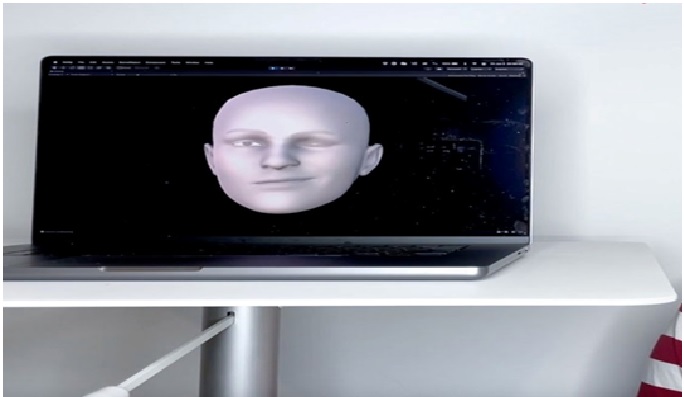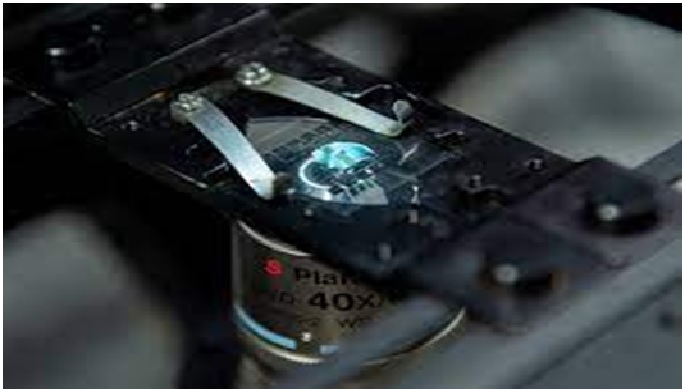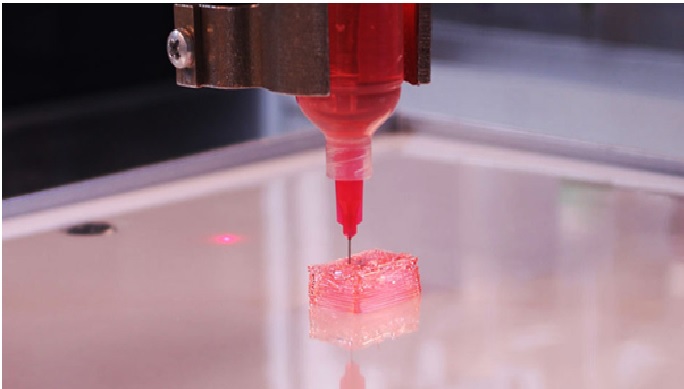Scientists find primitive blueprint for embryo cell creation
A groundbreaking study, led by Professors Yossi Buganim at the Hebrew University of Jerusalem (HU) Faculty of Medicine’s Institute for Medical Research and Tommy Kaplan at HU’s School of Computer Science and Engineering and Department of Computational Biology, has uncovered 14,000 unique sites in DNA that together form the most elementary blueprint for embryogenesis — the creation of embryos. Their findings were published in Nature Communications. [1]

Figure 1. Scientists find primitive blueprint for embryo cell creation
Figure 1 shows in 2006, Japanese scientists inserted four embryonic genes into skin cells and successfully reprogrammed those skin cells to act like embryonic stem cells. Artificial embryonic stem cells derived from skin cells are identical to natural stem cells that develop in the earliest stages of the embryonic development process and are responsible for the development of all cells in a fetus. However, they cannot form extraembryonic tissue like the placenta.
The researchers found that the changes that take place in skin cells to become either embryonic or placental artificial stem cells are vastly different at each level, although both started out as skin cells. [2]
When a skin cell transforms into an artificial embryonic stem cell, the parts of DNA that are responsible to create the brain, heart and liver began to reorganize and prepare themselves to differentiate—given the right signal—into brain, heart or liver cells. On the other hand, when those same cells were transforming into an artificial placental stem cell, the DNA sites began reorganizing themselves to allow the changing cell to implant itself and attract blood vessels, a phenomenon that occurs naturally, allowing the embryo to implant into the uterus. [3]
When the research team tried to understand the significance of those DNA areas, they found that they are responsible to create all the organs and cells in developing embryos -- from the brain, heart, liver and kidneys to the skeleton, spinal cord and connective tissues.
Going forward, this significant discovery may help explain the embryonic defense system, which prevents early placental cells from developing into embryonic cells. "Since placental cells are susceptible to damage and infection, the body's natural defense mechanism prevents placental cells that migrating to the developing embryo and attaching to it to become part of the embryo," Buganim explained. [4]
References:
- https://techilive.in/scientists-find-primitive-blueprint-for-embryo-cell-creation/
- https://newsbeezer.com/newzealand/scientists-find-primitive-blueprint-for-creating-embryo-cells-sciencedaily/
- https://mixpoint.in/cell-microbiology-molecular-computational-biology/2022/07/scientists-find-the-most-primitive-blueprint-for-embryo-cell-creation/
- https://www.sciencedaily.com/releases/2022/07/220714145120.htm
Cite this article:
Thanusri swetha J (2022), Scientists find primitive blueprint for embryo cell creation, AnaTechMaz, pp.157



